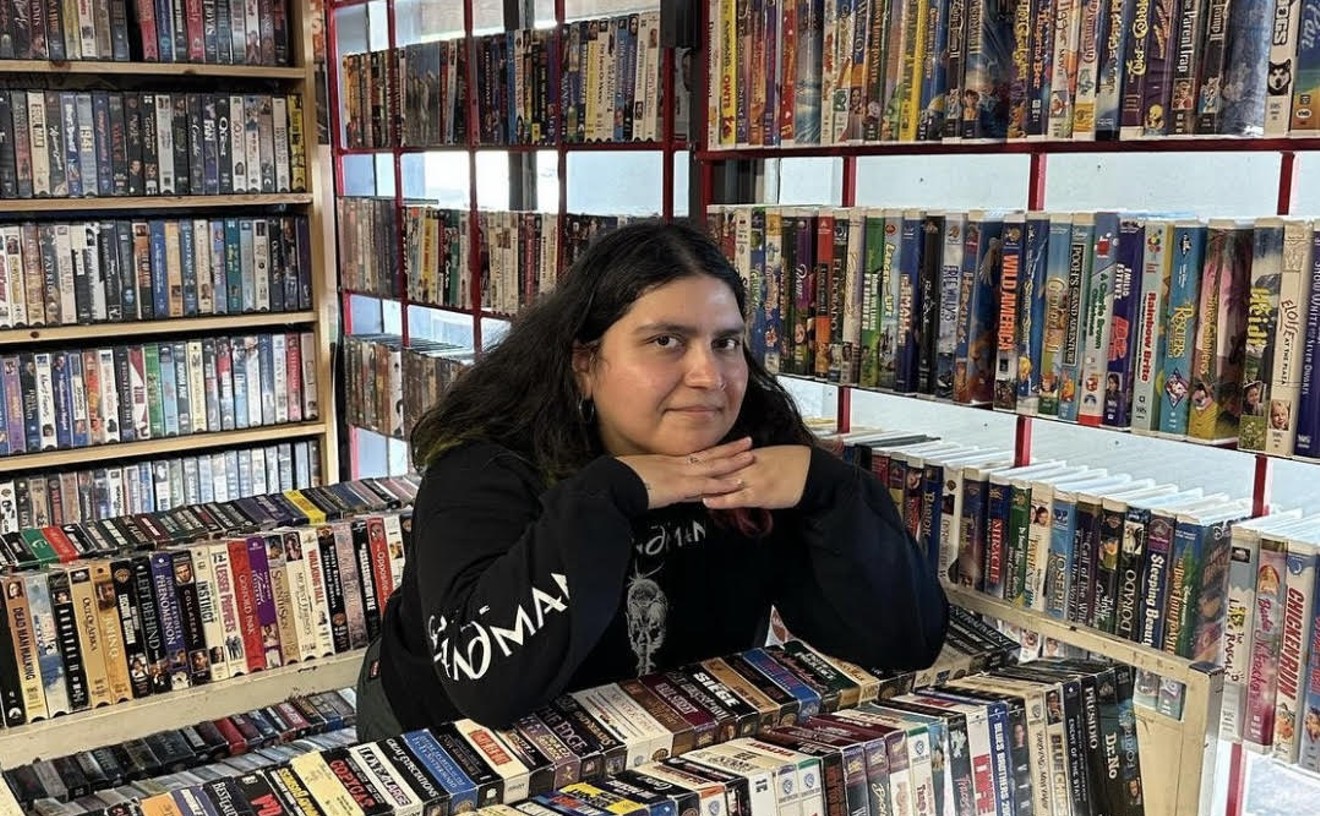A new study looking at the employment of women and men leading U.S. art museums found some gains for women in closing the pay and hiring gap with their male counterparts over the past three years, though there is still much ground to make up.
Conducted by Southern Methodist University’s National Center for Arts Research in conjunction with the Association of Art Museum Directors, the study found that 5 percent more females have taken positions as directors of art museums that participated in the study.
Released March 22, the study is the second iteration of a gender gap review originally published in 2014.
“There was so much discussion when the report first came out in 2014. I think we were all expecting for there to be much more movement on the dial,” Zannie Voss, director of NCAR told the Observer. “There are some positive signs and those should be built upon moving forward. I think that there still needs to be a lot more open conversation about this, and if things are going to change then it has to be made a priority within boards of directors who make the hiring decisions.”
While more women have secured directorships in museums with operating budgets of more than $15 million, only 30 percent of such institutions have female directors. On average female directors of those museums made only 75 cents for every dollar earned by male directors in 2016. That’s five cents higher than in 2013, but out of the 13 largest museums, only one is currently led by a woman.
For museums with operating budgets under $15 million, 54 percent of directors are female. The pay gap is narrower in these museums, though it has widened a bit. Women earned $1.01 for every dollar earned by male directors in 2013. In 2016, the number fell to 98 cents for every dollar earned by men.
“So on the positive side those women who are running the larger institutions are already starting to close the gap, even though they have a good distance to go,” Voss says. “It was a little disheartening that in the smaller institutions that the equity slipped some.”
The art directors surveyed for the study were all members of the Association for Art Museum Directors. In total 210 were surveyed. Out of the six AAMD member museums in DFW only one, the Modern Art Museum of Fort Worth, has a female director. Most other museums in DFW are also largely run by men, including the Dallas Museum of Art, the Meadows Museums at SMU, the Kimbell Art Museum and the Amon Carter Museum of American Art, which has not had a female director in its more than 80-year existence.
Outliers do exist, however. Aside from the Modern in Fort Worth, women hold the top spots at the McKinney Avenue Contemporary, the Sid Richards Museum and the Trammell & Margaret Crow Collection of Asian Art.
Differences in leadership style between men and women, differing opinions on the meaning of success or ambition in one’s career, hesitance by museum boards to hire female directors and a general perception that female directors who move from smaller institutions to larger ones have a harder time getting employed are all mentioned in this study. It draws no hard conclusions, however, for the reason behind the gender gap.
“When organizations get very large they tend to become more siloed and more hierarchical, which would fit with a leadership style that is much more hierarchical [benefiting men, according to the study] rather than a flat structure where there is much more of a sense of ownership and appropriation of the organization’s future by the employees throughout [benefiting women, according to the study],” Voss says. “Could it be that that is a factor? I’m not sure if what we’re looking at there is causation or a correlation, but it is interesting the parallels you see.”
What can be confirmed is that between 2013 and 2016 female directors of museums with operating budgets in excess of $15 million grew the budgets of their museums by 18 percent, while the figure was 5 percent for men. Female directors in museums operating with $15 million or less fared worse than their male counterparts, increasing budgets by less than 7 percent compared with male director’s 10 percent, but the numbers still show that stylistic differences between male and female leadership haven't been a major factor in the growth and success of art museums.
“Who knows, perhaps if women were running the other large institutions that they would have grown even more,” Voss says. “It’s really hard to say, but I think that it’s moving in the right direction to have women who, when they are running larger institutions, [are] having a lot of positive impact. It speaks well to women’s leadership style and the kind of culture that they are able to create as well as to their capabilities in terms of fiscal responsibility and stability.”
Voss says that art museums need to work more on creating better pipelines for women to advance to these top leadership positions, not just for the sake of equity, but also for the success of the museums.
“When we look at it over time, part of closing the gap is not just dealing with the women that are already in leadership positions, but [identifying] what is the pipeline, and [whether] museums are allowing more flexible work policies that are going to make it possible for women to be in a similar career stage as men when they are coming into a leadership job,” Voss says. “We are seeing that women, when they are running museums, they are doing an equally good job as their male counterparts.”
While this study may have shown that the gap in pay and position is still wide in the world of art museums, Voss says the industry is in the midst of a generational shift. As boards of trustees in art museums begin to adapt to more accepting and egalitarian social norms, and as museums continue to grow in the hands of female directors, it appears the stage is set for female leadership to grow in this industry.
“This is not a situation that is unique to art museums. The same kind of gender inequity whether in pay or representation exists in other nonprofit sectors, it exists in for-profit, it exists in government,” Voss says. “It’s really something that seems to be deeply embedded within society, and I wouldn’t expect for it to necessarily change overnight in the art museums sector. I think that what will probably happen is we’ll see larger societal gains and art museums will be part of that.”
[
{
"name": "Air - MediumRectangle - Inline Content - Mobile Display Size",
"component": "18855504",
"insertPoint": "2",
"requiredCountToDisplay": "2"
},{
"name": "Editor Picks",
"component": "17105533",
"insertPoint": "4",
"requiredCountToDisplay": "1"
},{
"name": "Inline Links",
"component": "18349797",
"insertPoint": "8th",
"startingPoint": 8,
"requiredCountToDisplay": "7",
"maxInsertions": 25
},{
"name": "Air - MediumRectangle - Combo - Inline Content",
"component": "17105532",
"insertPoint": "8th",
"startingPoint": 8,
"requiredCountToDisplay": "7",
"maxInsertions": 25
},{
"name": "Inline Links",
"component": "18349797",
"insertPoint": "8th",
"startingPoint": 12,
"requiredCountToDisplay": "11",
"maxInsertions": 25
},{
"name": "Air - Leaderboard Tower - Combo - Inline Content",
"component": "17105535",
"insertPoint": "8th",
"startingPoint": 12,
"requiredCountToDisplay": "11",
"maxInsertions": 25
}
]











